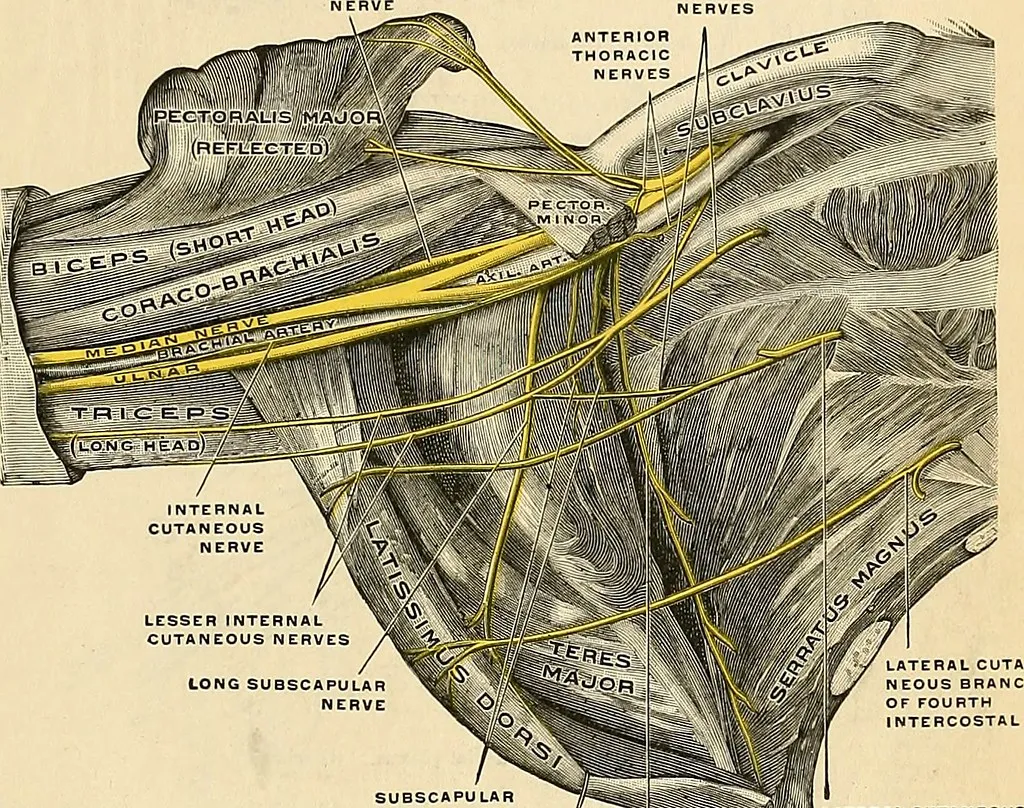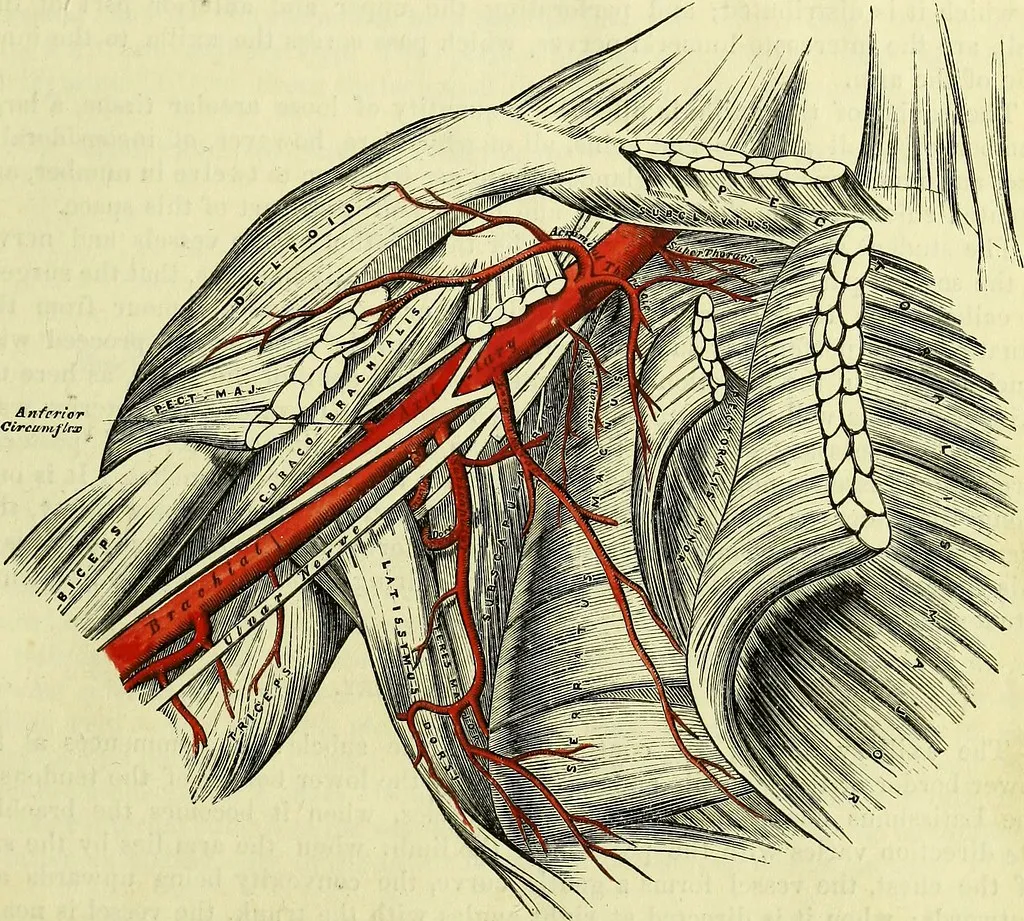The nerves in the body are branched out from the spinal cord, and sometimes bundle up with other nerves to form a plexus. Before we continue in a deep dive, it is important that we know what a plexus actually is.
To do this, let's first refresh our memory regarding the nervous system. Our nervous system comprises the central nervous system, which encompasses the brain and spinal cord, and the peripheral nervous system, encompassing all the nerves that branch off from the spinal cord.
While we deal with peripheral nervous system, we always reference the spinal column when dealing with where the nerves comes from. When it comes to movement in the body, the motor nerves get signals from the brain causing the body to move, while for senses, the sensory nerve sends information from the body to the brain. Nerves are a body of axons which are found in neurons.
Each of these peripheral nerves branches out from the spinal cord through spinal foramen, which are gaps in the spinal vertebrae. Given their origin from the spinal cord, they are aptly named spinal nerves. These spinal nerves are a fusion of anterior and posterior roots, with the anterior root (ventral) primarily handling motor signals and the posterior root (dorsal) dealing with sensory signals. Following this union, these spinal roots then diverge into spinal rami, which continue to convey both motor and sensory information, subsequently branching further depending on the specific areas where they are required.
When they get to where they are needed, they innervate whatever they are triggering. For instance, the Sciatic nerve innervates the hamstring. With this, A Plexus is when different spinal nerve combine with other nerves and then split to their individual nerve so as to innervate a more distal target. They can also refer to bundles of blood vessels or lymphatic vessels but for the purpose of this post, I will focus on nerves and each plexus when it has to do with nerves use the structure of the body to best send nervous signals to the destination.
Now that we know that, let's state that we have several plexus ranging from the cervical plexus, brachial plexus, Lumber plexus and sacral plexus. The first to forth cervical nerve plexus to form a bubdle which innervates the back, the head, neck, and shoulders for sensational movement. The C3, C4, and C5 nerve combine will give the phrenic nerve which innervates the diaphragm. going downwards from C5 to T1, the brachial plexus is formed and it innervates the arm. They include the medial nerve which innervates the middle of the nerve, the ulnar nerve which innervates the pinky finger, and the radial nerve which innervates part of the arm.
The Lumber plexus is the L1 to L4 with nerves such as the femoral nerve which innervates the thigh including the anterior, medial, and lateral aspect of the thigh. At the sacral plexus includes spinal nerves from L4 to S4 and an important nerve there is the Sciatic nerve which innovates the back of the thigh and below the knee.
Nerve plexuses unveils a fascinating network within the human body which facilitate communication between the central nervous system and the peripheral regions. Understanding these nerve plexuses is not only a cornerstone of medical knowledge but also a testament to the remarkable intricacies of the human body's design, and how it helps us innervate our body.
Read More
https://www.ncbi.nlm.nih.gov/books/NBK545137/
https://www.ncbi.nlm.nih.gov/books/NBK531473/
https://www.kenhub.com/en/library/anatomy/cervical-plexus
https://teachmeanatomy.info/lower-limb/nerves/sacral-plexus/
https://www.kenhub.com/en/library/anatomy/brachial-plexus

